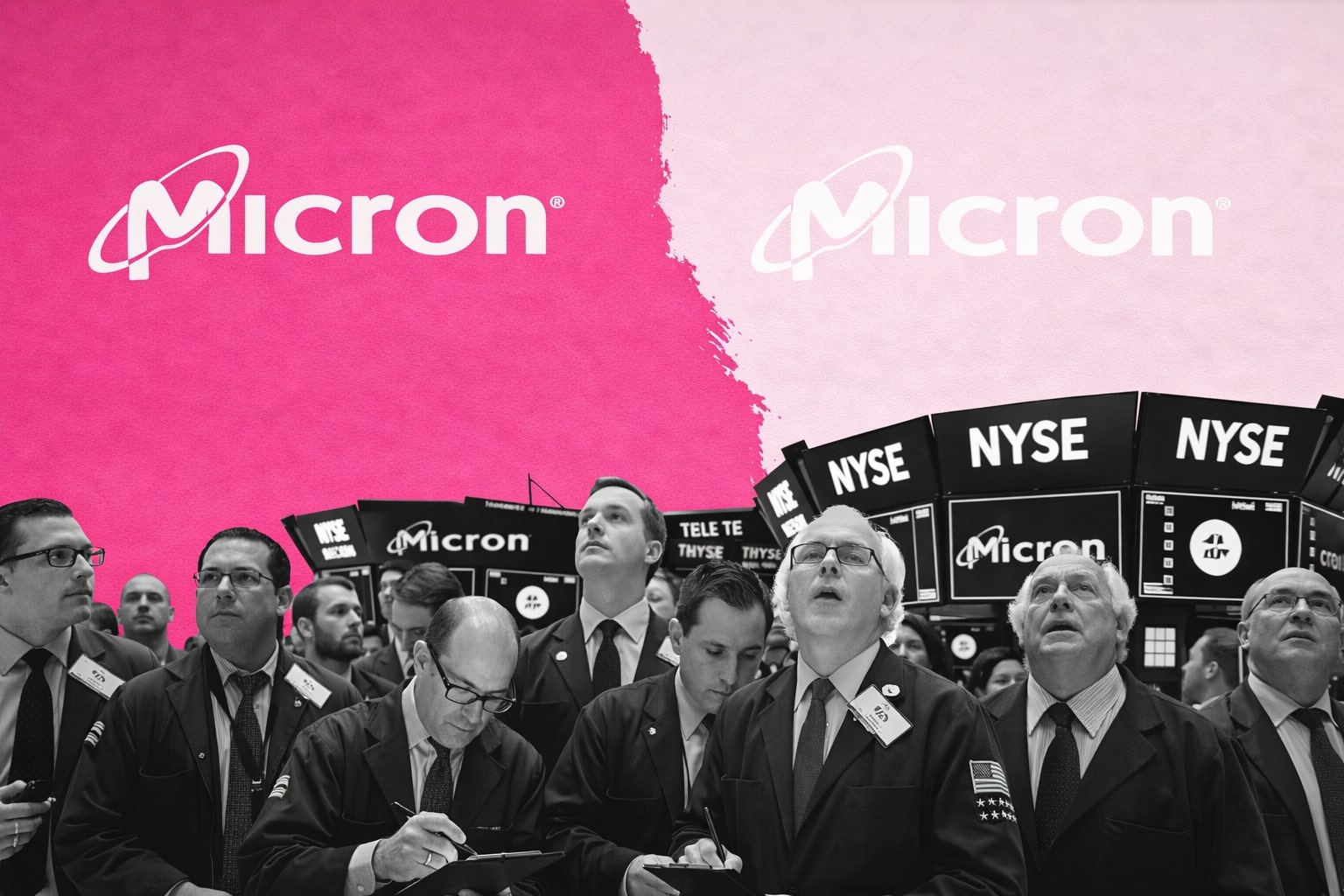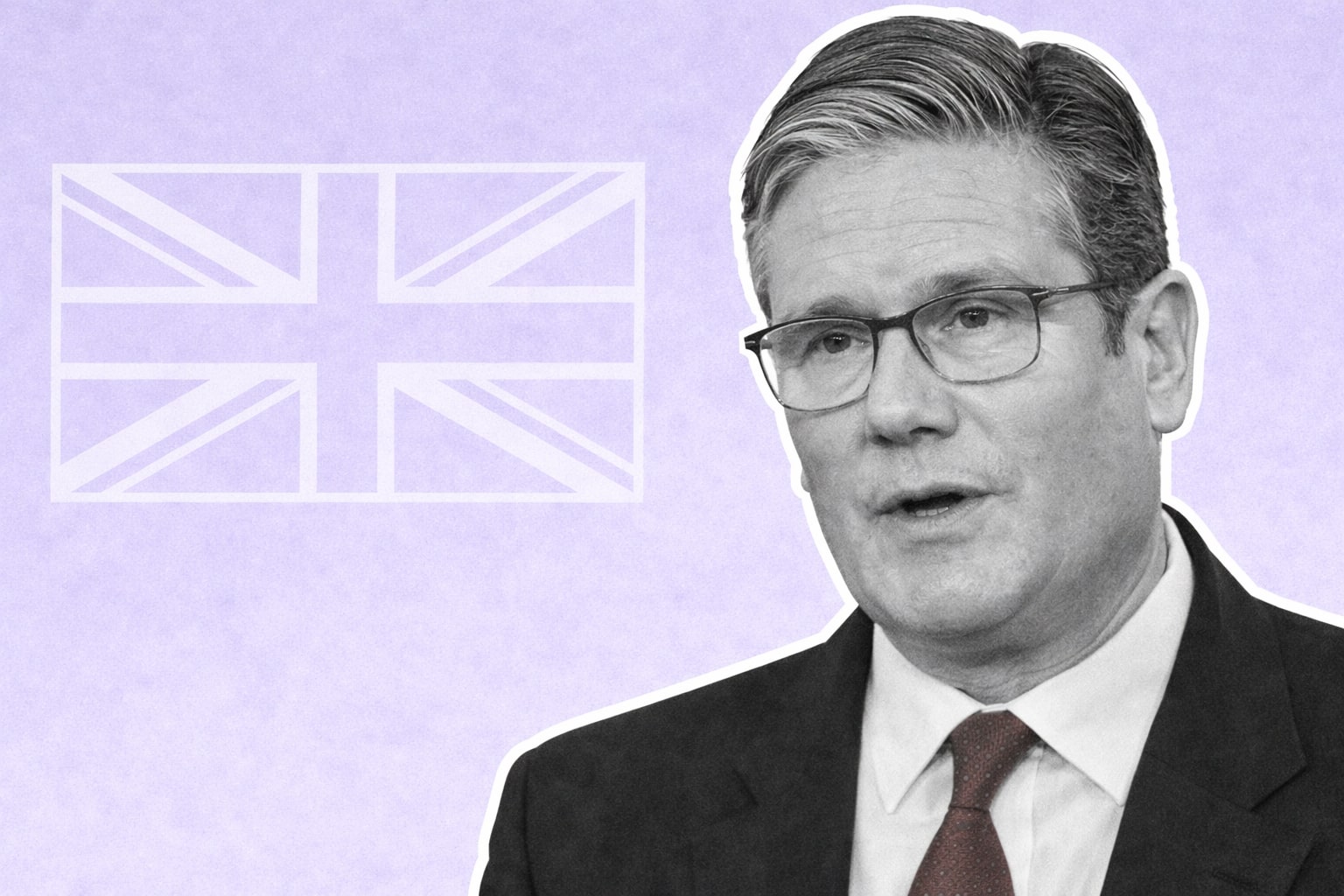
US Labor Market Cooling Amid Fed's Inflation Battle, Unemployment Rate Drops to 3.5%
US Labor Market: Uneven Job Gains Across Industries, Rising Labor Force Participation, and Slower Wage Growth Amid Inflation Concerns
The March jobs report provided an in-depth view of the US labor market, revealing a net gain of 236,000 jobs, slightly below the expected 239,000. The unemployment rate, however, dropped to 3.5%, showcasing the resilience of the labor market amid the Federal Reserve's ongoing efforts to curb inflation.
Industry-Specific Job Gains and Losses
Several industries reported notable job gains, including leisure and hospitality (72,000 jobs), government (47,000), professional and business services (39,000), and health care (34,000). However, the retail sector experienced a loss of 15,000 positions. This pattern reflects the uneven distribution of job growth, with some industries still grappling with labor shortages while others face reduced demand and hiring constraints.
Labor Force Participation and Wage Growth
The labor force participation rate rose to 62.6%, its highest level in three years, which demonstrates improvement for men and individuals aged 55 and older. This increase suggests that the supply and demand of workers might be approaching a balance, potentially leading to more moderate wage gains in the future. Average hourly earnings increased by 4.2% from a year ago, below estimates and the slowest growth rate since June 2021. On a monthly basis, average hourly earnings rose by a comfortable 0.3%.
The Federal Reserve's Role and Inflation Concerns
The Federal Reserve has been closely monitoring compensation metrics, as strong pay gains have allowed Americans to maintain spending habits, exerting upward pressure on prices. Despite the cooling labor market, the Fed's desired rate of slowdown has not yet been achieved, keeping a May rate hike as a viable option. Policymakers remain committed to maintaining higher interest rates to combat inflation, even as they consider the impact of recent stress in the banking sector.
The Fed's tightening cycle, which has seen a 4.75 percentage point increase in the benchmark borrowing rate, aims to reduce inflation. However, there are concerns that this move could lead to a shallow recession. The bond market has been signaling this possibility since mid-2022.
Economic Implications and Future Prospects
The March jobs report comes amid a bevy of indicators pointing to a slowdown in job creation. Layoffs surged in March, up nearly 400% from a year ago, and jobless claims remained elevated. Additionally, job openings fell below 10 million in February for the first time in nearly two years. The Federal Reserve's campaign to ease the historically tight labor market has contributed to these trends.
Despite the cooling labor market, some sectors continue to struggle with acute labor shortages, while others are beginning to experience job losses in response to weaker demand. The report also revealed that the number of permanent job losers increased by the most since 2020. Layoffs initially started in sectors such as technology and banking, but are now spreading to other industries, such as General Motors Co. and Walmart Inc., which have recently cut thousands of jobs.
Read More
-
Pagaya Stock Price Forecast - PGY at $23.20: Is PGY Stock the Cheapest AI Fintech of 2026?
19.12.2025 · TradingNEWS ArchiveStocks
-
XRP Price Forecast: XRP-USD Stuck at $1.87 With $3 2026 Target and $10–$25 Long-Term Range
19.12.2025 · TradingNEWS ArchiveCrypto
-
Oil Price Forecast: WTI Near $56 and Brent at $60 Signal Risk Toward $50
19.12.2025 · TradingNEWS ArchiveCommodities
-
Stock Market Today: AI Chip Rally Lifts Nasdaq as $7.1T Quad Witching Hits
19.12.2025 · TradingNEWS ArchiveMarkets
-
GBP/USD Price Forecast - Pound at 1.34 As BoE Cut And Soft Dollar Keep Bullish Path Toward 1.35
19.12.2025 · TradingNEWS ArchiveForex



















